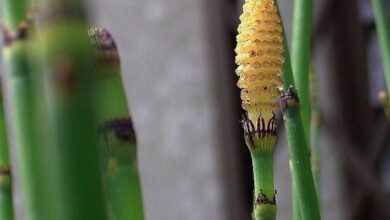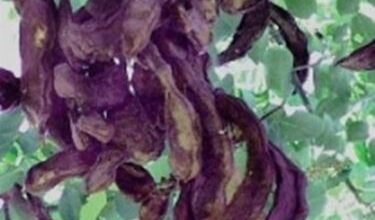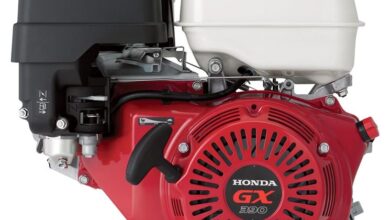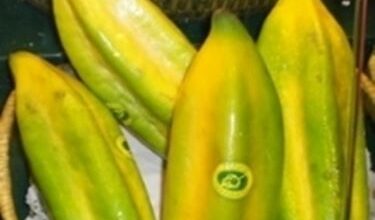Olive tree pruning
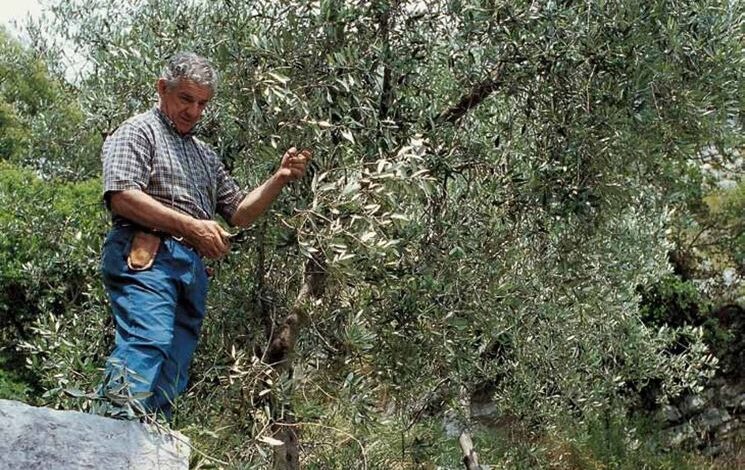
Olive tree pruning: aims and frequency
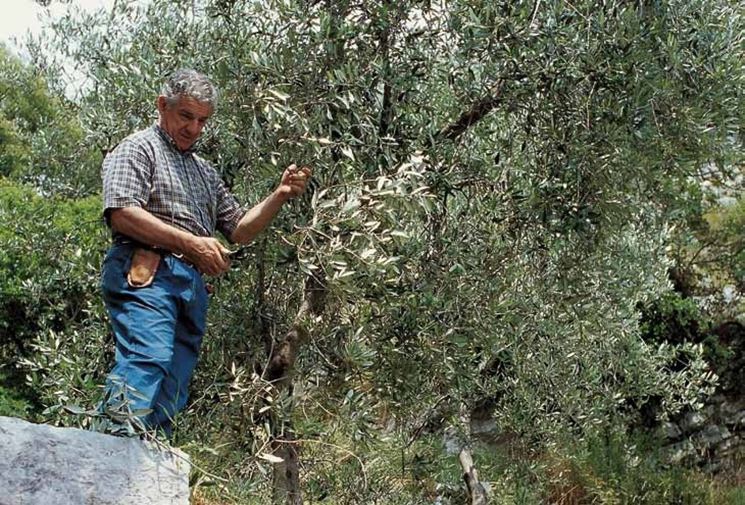
Olive tree pruning: recommended period
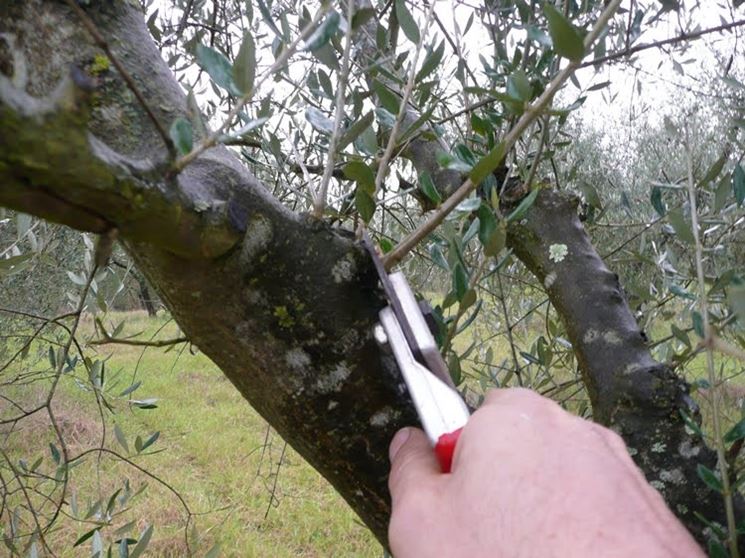
As for the period of olive tree pruning, the best time to put the interventions into practice is the end of winter; in any case, before the tree starts to vegetate again and when late frosts are now averted. In fact, the latter can hinder the healing of cuts and, consequently, accidental diseases can arise. However, there are cases in which the pruning of the olive tree is carried out at the same time as the harvest (in the period from the end of October to the beginning of January), depending on the variety of the olive tree and the climate. In this case, the pruning of the olive tree is much easier and faster, as the branches that do not produce fruit are quickly identified and which, therefore, must be eliminated. Furthermore, if the
The different types of olive tree pruning interventions
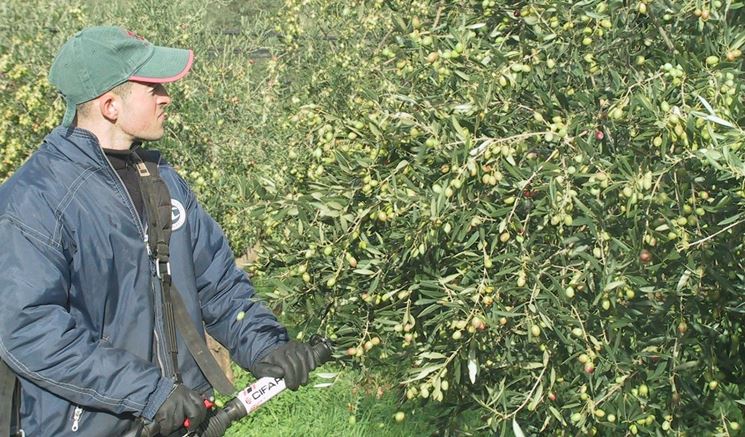
How many types of olive tree pruning are there? In fact, there is not a single pruning operation, but the approach to be adopted varies according to the age of the plant. There are three types: training pruning (when a young plant must be given the right shape), production pruning (for adult olive trees, in order to stimulate productivity) and rejuvenation pruning (which stimulates development of new branches in place of other old, damaged or diseased ones). Furthermore, the olive tree pruning interventions differ from each other for the percentage quantity of the branches removed. In fact, pruning is called light if less than 20% of the branches are cut (characterizes the training pruning), medium if it affects 20-35% of the crown (production pruning),
Olive tree pruning: How to carry out the olive tree pruning interventions
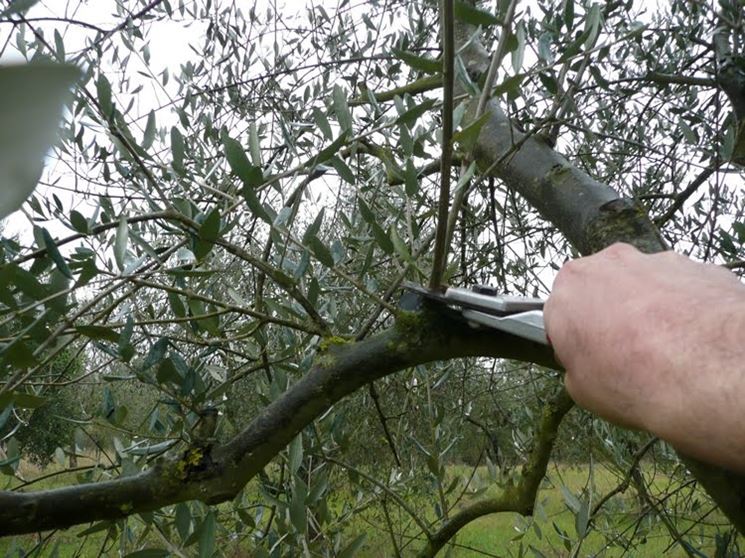
Olive tree pruning can be manual or mechanical: the choice largely depends on the size and financial resources of the company, as pruning costs are significantly significant. To carry out the pruning you need to have a ladder and a pruner (to be able to reach the highest branches), shears (for pruning the smaller branches) and a manual or compressed air hacksaw (for the larger branches). The cuts must be precise but not too accentuated, so as not to limit the yield of production: it is advisable, on the contrary, to carry out a minimum pruning, to create a crown shaped like a globe. This will guarantee a high yield and will also have a nice aesthetic effect. Since the leaves are concentrated on the periphery of the branches, the pruning of the olive tree must provide for «return» cuts. It is advisable to cover the cuts with healing pastes: in this way, they will heal quickly and the plant will be protected from fungal parasites.

